According to Forbes, the global travel industry alone lost more than $935 billion in just 10 months after the pandemic in 2020, and the United States suffered the biggest drop in large part due to its staggering number of COVID cases, the highest. of the world. This has left many in the industry reeling and many more trying to figure out how they will bounce back.
Although the active distribution of the vaccine has given much hope, the truth is that the recovery will continue to be slow. On the one hand, consumer confidence is at an all-time low, but even more prevalent are financial difficulties and constraints enforced, as many households are dealing with income losses. It will be a while before business travel, a massive revenue generator for many destinations, picks up again, leaving leisure travel the most predictable generator of visitor investment.
In addition to the psychological and financial impact that COVID has had, there have been social changes that can greatly influence how this demographic will travel when it does again.
Over the years, there has been a change in a consumer mentality and in the travel selection process. I have long warned of the challenges destination marketers and local leaders face if they fail to diversify their marketing and community efforts to be more representative and welcoming of a consumer who is younger, more ethnically and racially diverse, and progressive-minded.
When I travel through rural New York, for example, and see Confederate flags unfurled ignorantly on grass and flag poles, I feel dangerous, violent, and unpleasant. It communicates to me, especially as a Black Latina, that there is a threat and that I need to be vigilant. But the negative reaction is not just mine. Although these discriminatory symbols can alienate a certain demographic group, one that might feel physically threatened, it also influences the traveler who sees it as a symbol and therefore as a community, that is opposed to their moral and ethical convictions. And this is regardless of race.
Since social media has so much influence on the way people perceive and decipher a destination, even without them being there, the viewpoint of a place is vulnerable to the experience of outsiders, even if only in passing. And when there are threats, such as through discriminatory symbolism, it makes it much more difficult for the visitor to invest in a deeper experience that can counter that perception, which in turn becomes a stereotype, resulting in an identity reflected in not only visitor demographics, but also an external investment, talent retention, community growth, and prosperity.
So what can be done?
DO NOT LEAVE THE DEFINITION OF WHAT YOUR COMMUNITY IS OUTSIDE
Fortunately, more and more industry leaders are recognizing how powerful the involvement of local communities in tourism is. This practice not only supports sustainability efforts, as committed communities protect their lands and waters, and other sites more, but also increases job opportunities and economic growth. Of course, this is only possible when local residents also value and appreciate their communities and this is often possible by allowing space for local voices to not only be heard but also participate in the planning and decision-making process. decision making.
It is imperative that local communities are assisted in efforts not only to promote themselves, but also to tell their stories, share who they are, what they do, and what they stand for. In May 2020, the University of Minnesota Tourism Center offered the following national research findings and provided input from industry leaders: “Local residents must love the community as much as their travelers for you to have sustained success. This “reboot” moment is the perfect opportunity for the community to get closer.

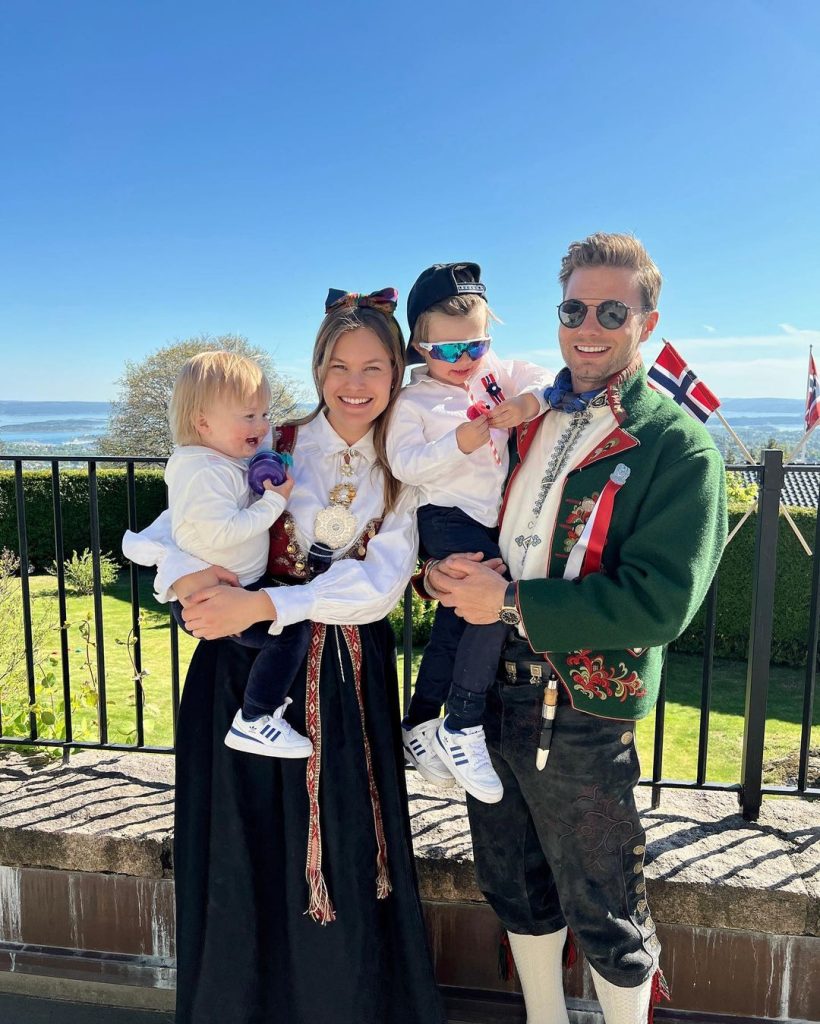




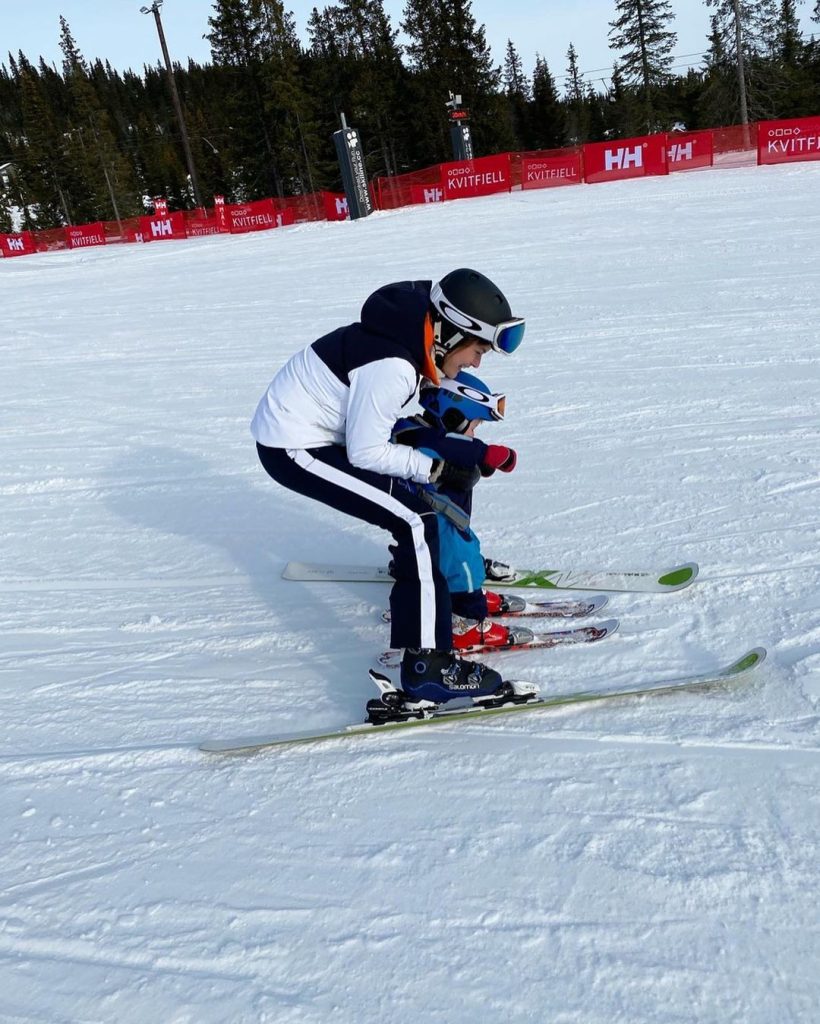



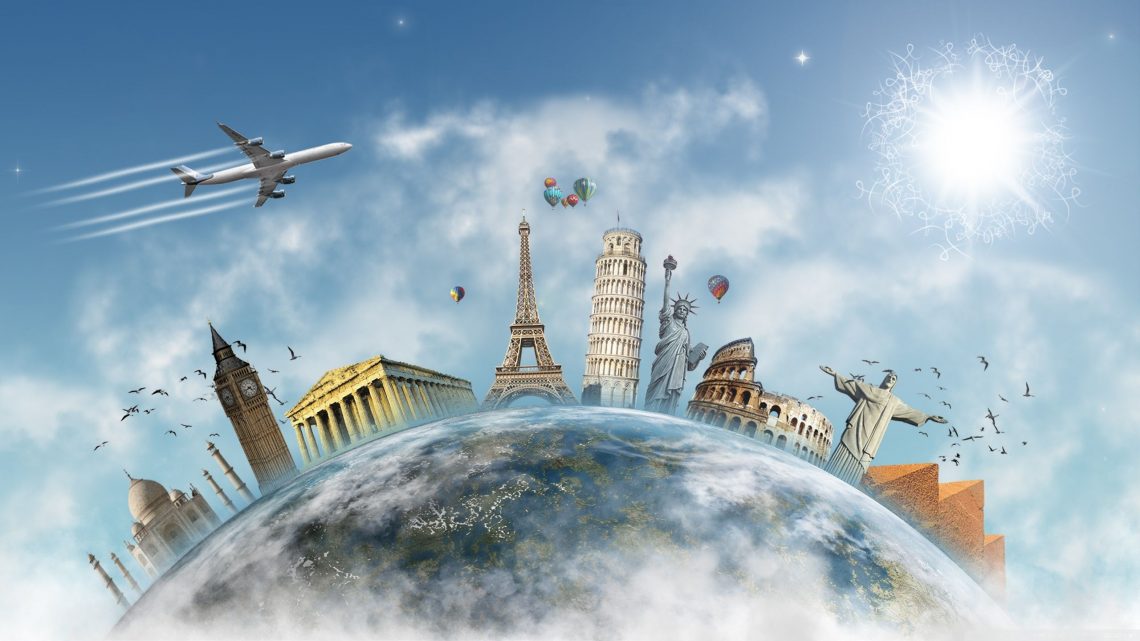
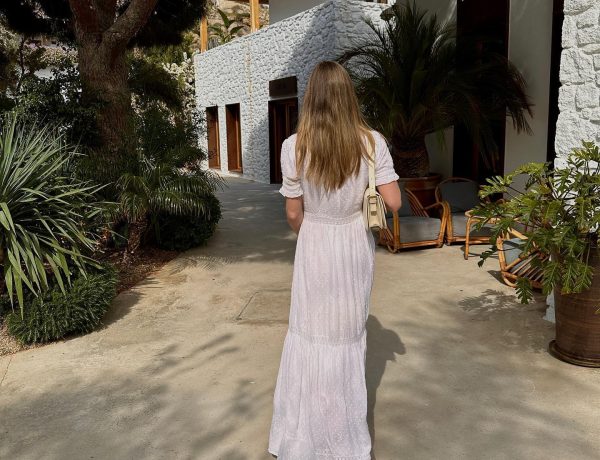



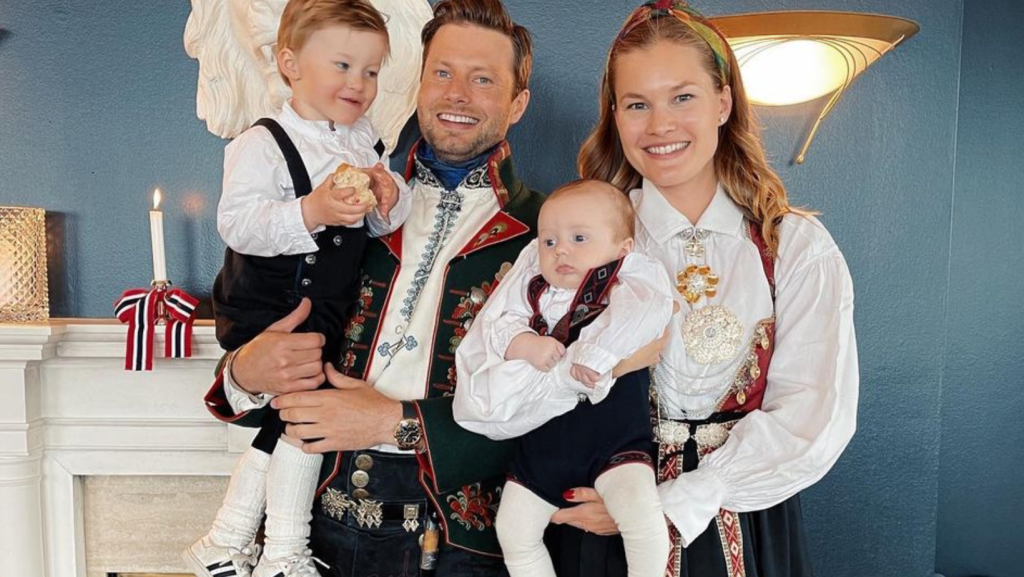







No Comments